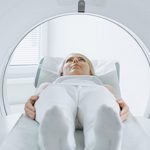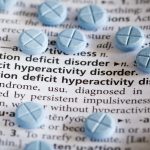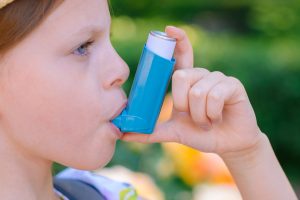
Breathing and relaxation techniques may offer relief to some patients battling Long COVID. In a new, small study of 20 patients, biofeedback therapy relieved both the physical and psychological symptoms of Long COVID, researchers said. Many participants had been dealing with symptoms for more than a year. “Our biggest hope is that we’ve identified a way to alleviate chronic physical symptoms that are not successfully treated by standard biomedical approaches, and that we did so with a short-term, non-pharmacological model that is easily scalable,” said lead author Natacha Emerson, an assistant clinical professor of psychiatry and behavioral sciences at the University of California, Los Angeles (UCLA). Biofeedback therapy pairs breathing and relaxation techniques with visual feedback to teach people how to regulate their body temperature, heart rate and other body processes. After six weeks of treatment, patients in this study reported they were sleeping better and had significant improvements in physical, depression and anxiety symptoms. Three months later, they were still seeing the benefit, using fewer prescription medicines and having fewer doctor visits, researchers said. Worldwide, an estimated 65 million people have Long COVID — persistent symptoms that linger long past the actual infection. This constellation of symptoms include depression, anxiety, sleep issues, brain fog, dizziness and heart palpitations. “It is important to underscore that while this behavioral intervention may help symptoms, patients with Long… read on > read on >






































